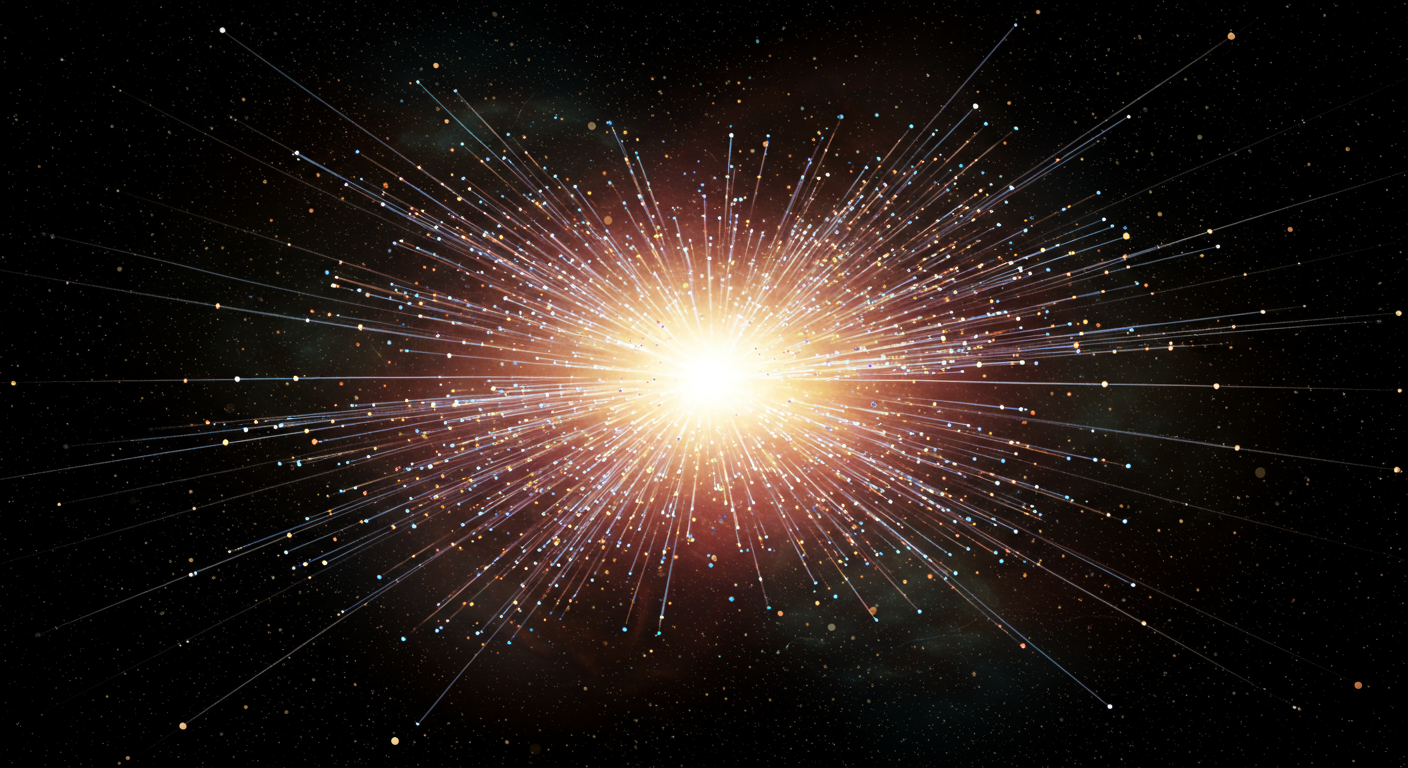Thermal WIMPs and the Scale of New Physics: Global Fits of Dirac Dark Matter Effective Field Theories

In our recent comprehensive study, “Thermal WIMPs and the Scale of New Physics: Global Fits of Dirac Dark Matter Effective Field Theories” (2106.02056), The GAMBIT Collaboration, including our own Will Handley, presents a state-of-the-art global analysis of Weakly Interacting Massive Particle (WIMP) dark matter. While some have questioned the viability of the WIMP paradigm in light of null results from many experiments (see e.g. 1703.07364), our work demonstrates that large regions of parameter space remain open, particularly when explored through a statistically rigorous and model-agnostic lens.
A Global, Bottom-Up Approach with GAMBIT
Instead of postulating a specific high-energy theory, our analysis employs a “bottom-up” Effective Field Theory (EFT). This approach systematically describes all allowed interactions between a gauge-singlet Dirac fermion dark matter (DM) particle and the Standard Model quarks and gluons. The key to this work is its sheer scale and statistical depth, made possible by the GAMBIT framework. We performed a global fit that simultaneously varied 16 model parameters—the DM mass (m_χ), the new physics scale (Λ), and the coefficients of 14 effective operators up to dimension 7—alongside 8 crucial nuisance parameters.
Our likelihood functions incorporate the latest data from a wide array of experimental probes:
- Cosmology: Relic density and Cosmic Microwave Background (CMB) constraints from Planck.
- Direct Detection: Results from leading experiments such as XENON1T, LUX, PandaX-II, and CRESST-III.
- Indirect Detection: Gamma-ray limits from Fermi-LAT observations of dwarf spheroidal galaxies and neutrino constraints from IceCube.
- Collider Physics: Monojet searches from both ATLAS and CMS at the LHC.
Confronting EFT Validity at the LHC
A significant challenge when applying EFTs to high-energy colliders is ensuring the validity of the theoretical predictions. Our analysis tackles this head-on by treating the new physics scale, Λ, as an independent parameter separate from the operator coefficients. This allows us to consistently apply constraints only within the energy regime where the EFT is reliable. Furthermore, we developed a novel prescription for handling events with energies above Λ, introducing a nuisance parameter that smoothly interpolates between different truncation scenarios. This robust methodology avoids the artificially aggressive exclusions that can arise from naive assumptions about the EFT’s breakdown, a long-standing issue in collider-based DM searches.
Key Findings and Implications
Our global analysis reveals a complex and nuanced picture of the WIMP landscape:
- WIMPs Are Not Dead: We identify vast, viable regions of parameter space where a thermal WIMP can constitute all of the universe’s dark matter while remaining consistent with all current data. This is often achieved through a combination of operators that suppress signals in the non-relativistic environments of direct and indirect detection experiments.
- A Tight Link Between Mass and Scale: We find no evidence for a large hierarchy between the DM mass m_χ and the new physics scale Λ. For light DM ($m_χ \lesssim 100$ GeV), LHC constraints force Λ to be low, implying that new particles should be within the LHC’s reach. For heavier DM, the requirement of not overproducing dark matter in the early universe places a strong upper bound on Λ.
- Intriguing Hints in Collider Data: For intermediate new physics scales of Λ around 700–900 GeV, our DM EFT framework is able to partially accommodate several small excesses present in the LHC monojet data. While not statistically significant, this finding highlights an interesting parameter region that warrants further investigation with specific UV-complete models.
This work significantly refines our understanding of Dirac fermion dark matter, mapping out the remaining territory for WIMPs with unprecedented detail. The results provide clear targets for the next generation of experiments and underscore the power of combining diverse datasets in a global, statistically rigorous framework to probe the fundamental nature of our universe.

Content generated by gemini-2.5-pro using this prompt.
Image generated by imagen-3.0-generate-002 using this prompt.